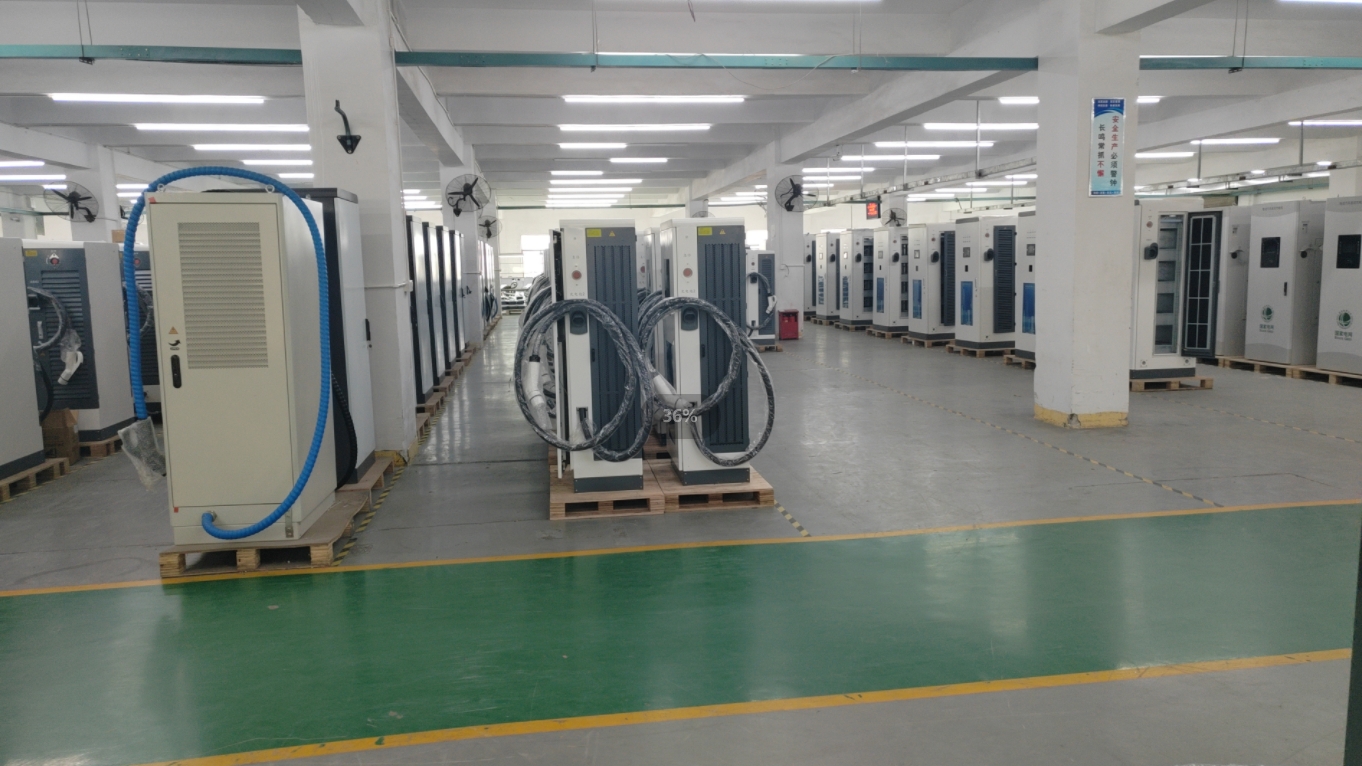
What are public ev charging stations?
September 17, 2023Public EV (Electric Vehicle) charging stations are infrastructure facilities that provide electricity to charge electric vehicles. These stations are typically located in
public places, such as parking lots, streets, highways, shopping centers, and other accessible locations. They play a crucial role in supporting the widespread
adoption of electric vehicles by ensuring that EV owners have convenient and reliable access to charging services.

Here are some key features and types of public EV charging stations:
1.Accessibility: Public charging stations are open to all electric vehicle users, making them accessible to a wide range of drivers. They are a critical component
of the EV charging infrastructure, especially for those who don't have a private charging point at home.
2.Levels of Charging: Public charging stations come in different levels of charging power:
Level 1: Typically uses a standard household outlet and provides a slow charge. It's often used for overnight charging.
Level 2: Offers a faster charge and is commonly found at public charging stations. It's suitable for daily or occasional use.
Level 3 (DC Fast Charging): Provides a rapid charge and is commonly found along highways or major routes. It's designed for quick pit stops during long journeys.
3.Payment Methods: Public charging stations may have various payment methods, including credit card payments, smartphone apps, RFID
(Radio-Frequency Identification) cards, or subscription services. Some may also offer free charging, sponsored by businesses or governments to promote EV adoption.
4.Networks: Charging stations are often part of charging networks operated by different companies or organizations. These networks can provide users with access to
multiple charging stations and convenient ways to find and use them.
5.Location: Charging stations are strategically placed in areas with high EV traffic, making them accessible to a broad user base. Common locations include urban
centers, parking garages, workplaces, hotels, and rest areas along highways.
6.Support for Different Connector Types: Charging stations typically support various connector types to accommodate different EV models. The most common
connectors include CHAdeMO, CCS (Combined Charging System), and Type 2 (common in Europe).
7.Monitoring and Maintenance: Many public charging stations are equipped with remote monitoring systems to track usage, perform maintenance, and address
any issues promptly. This ensures their reliability.
8.Charging Speed: Charging stations vary in terms of charging speed, with Level 3 DC fast chargers being the fastest, capable of providing a substantial charge in
a short time.
Public EV charging stations are a critical part of the EV infrastructure, addressing "range anxiety" concerns and making electric vehicles more practical for a broader
range of users, including those who rely on public charging for their daily or occasional charging needs.
